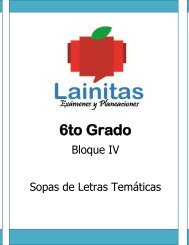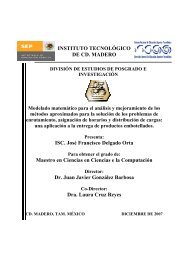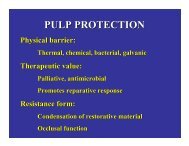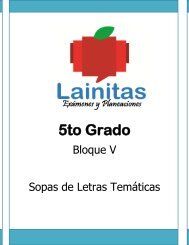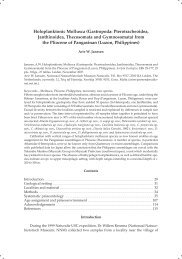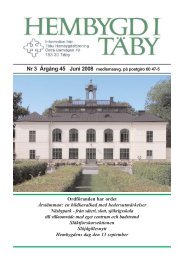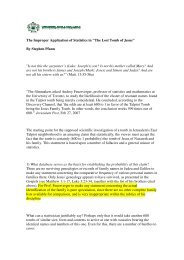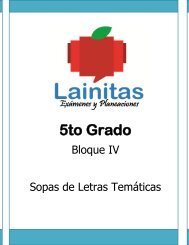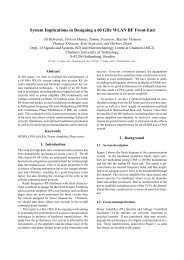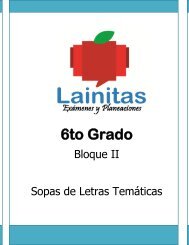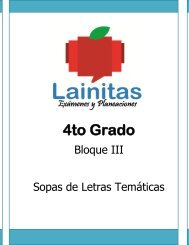5.Electrosurgery in Restorative Dentistry-rev.ppt [Ùضع اÙتÙاÙÙ]
5.Electrosurgery in Restorative Dentistry-rev.ppt [Ùضع اÙتÙاÙÙ]
5.Electrosurgery in Restorative Dentistry-rev.ppt [Ùضع اÙتÙاÙÙ]
You also want an ePaper? Increase the reach of your titles
YUMPU automatically turns print PDFs into web optimized ePapers that Google loves.
Electrosurgery <strong>in</strong><br />
<strong>Restorative</strong> <strong>Dentistry</strong><br />
Dr. Donald W. Fisher<br />
Emeritus Cl<strong>in</strong>ical Professor
Electrosurgery<br />
• Application of electrically generated heat<br />
energy to tissue to alter it for therapeutic<br />
purposes
Electrocautery<br />
• Application of a red hot wire which sears<br />
tissue, heat then penetrat<strong>in</strong>g by<br />
convection result<strong>in</strong>g <strong>in</strong> a third degree burn
Types of Currents<br />
• Electrosection (Cutt<strong>in</strong>g)<br />
• Electrocoagulation (Coagulat<strong>in</strong>g)<br />
• Fulgeration (Seal<strong>in</strong>g)<br />
• Dessication (Destruction)
Bi-Term<strong>in</strong>al Currents<br />
Electrosection<br />
Electrocoagulation
Mono-Term<strong>in</strong>al Currents<br />
Fulgeration<br />
Dessication
Pr<strong>in</strong>ciples of Electrosurgery<br />
• Rapid, well planned movements<br />
• No pressure<br />
• Brush<strong>in</strong>g strokes, like a pa<strong>in</strong>ter<br />
• Keep electrode mov<strong>in</strong>g all the time<br />
• Use high enough current
Variation <strong>in</strong> Current<br />
• Electrode selection<br />
Requirements<br />
• Thickness & density of tissue<br />
• Properties of the saliva<br />
• Excessive moisture or excessive dryness<br />
• Changes <strong>in</strong> the pH of the saliva<br />
• Current fluctuations
Tips<br />
• Tips from left<br />
to right<br />
• Vari-tip<br />
• Narrow loop<br />
• Small loop<br />
• Large loop<br />
• Large wire<br />
• Ball
Tips<br />
• Vari-Tip<br />
• Used to create<br />
trough around<br />
the tooth &<br />
beyond the<br />
f<strong>in</strong>ish l<strong>in</strong>e for<br />
f<strong>in</strong>al<br />
impressions
Tips<br />
• Narrow loop<br />
• Used for<br />
lower<strong>in</strong>g the<br />
g<strong>in</strong>gival crest &<br />
lower<strong>in</strong>g <strong>in</strong>ter-<br />
dental papilla
Tips<br />
• Large & small<br />
loops<br />
• Used to reduce<br />
or recontour<br />
pontic areas
Tips<br />
• Large wire<br />
• Used for<br />
g<strong>in</strong>gival<br />
retraction & to<br />
coagulate<br />
bleeders<br />
between teeth
Tips<br />
• Ball<br />
• Used to<br />
coagulate<br />
bleeders
Electrosurgery Unit<br />
• Unit with<br />
adjustable<br />
sett<strong>in</strong>gs<br />
• Ground plate or<br />
passive electrode<br />
• Foot control
Electrosurgery Tips<br />
• Active electrode<br />
handle & attachments<br />
• Various tips for the<br />
Whaledent unit
• Active tip handle and<br />
contra-angle angle<br />
attachment<br />
• Plastic mirror and<br />
plastic high volume<br />
suction tip
Ground Term<strong>in</strong>al<br />
• Standard<br />
ground<br />
plate
Ground strap mounted<br />
permanently on chair<br />
Ground Term<strong>in</strong>al
Vari-tip<br />
• Correct use<br />
of the Vari-<br />
tip – proper<br />
angle of<br />
approach<br />
and depth
Vari-tip<br />
• Current is<br />
set too high<br />
with<br />
damage to<br />
tissue
Approach Angle<br />
• Angle of tip<br />
too flat <strong>in</strong><br />
relation to the<br />
tissue<br />
• Causes<br />
significant<br />
tissue damage<br />
& eventual<br />
slough<strong>in</strong>g of<br />
the tissue
• Proper use of the<br />
narrow loop for<br />
restorative<br />
purposes – notice<br />
that the tissue<br />
<strong>in</strong>side the loop is<br />
burned. This is<br />
why<br />
electrosurgery is<br />
not used often<br />
for biopsy.<br />
Narrow loop
Incorrect Current Sett<strong>in</strong>g<br />
• Sett<strong>in</strong>g of the current<br />
was too low & the<br />
tissue froze to the<br />
electrode
Tissue Recontour<strong>in</strong>g<br />
This loop is used to<br />
recontour soft tissue<br />
areas such as pontics
Coagulation<br />
• Ball tip used for<br />
coagulat<strong>in</strong>g a bleeder<br />
• Result of hold<strong>in</strong>g tip <strong>in</strong><br />
contact with tissue too<br />
long
Fulgeration<br />
• Tip is held away<br />
from the tissue &<br />
throws a spark<br />
because no<br />
passive electrode<br />
is be<strong>in</strong>g used –<br />
This is the result<br />
of us<strong>in</strong>g a mono-<br />
term<strong>in</strong>al current
Dessication<br />
• The tip is buried <strong>in</strong><br />
the tissue to destroy<br />
tissue such as a<br />
tumor<br />
• Tissue is completely<br />
destroyed <strong>in</strong> this<br />
mono-term<strong>in</strong>al<br />
process
Vari-Tip<br />
• Vari-tip electrode is<br />
used to create a<br />
lateral space around<br />
the tooth without<br />
mov<strong>in</strong>g the<br />
attachment <strong>in</strong> an<br />
apical direction
G<strong>in</strong>gival C<strong>rev</strong>ice<br />
• Bounded by the<br />
outer surface of<br />
the tooth, the<br />
<strong>in</strong>ner surface of<br />
the g<strong>in</strong>gival crest<br />
and the<br />
attachment
Narrow loop can be used<br />
to remove soft tissue<br />
prior to a preparation or<br />
to enlarge the sulcus<br />
around a preparation
The narrow loop can also<br />
be used to even the<br />
g<strong>in</strong>gival area around<br />
anterior teeth as well as<br />
lengthen the cl<strong>in</strong>ical crown<br />
around posterior teeth
Use the loop to recontour<br />
the soft tissue around a<br />
tooth or the pontic space if<br />
the tissue precludes<br />
adequate connector<br />
thickness
Excess tissue under old<br />
pontic removed & tissue<br />
recontoured, ready for<br />
f<strong>in</strong>al impression
Excess tissue under old<br />
pontic recontoured
Excess tissue recontoured<br />
to allow a more esthetic &<br />
stronger pontic &<br />
connector
Pontic area smoothed,<br />
remov<strong>in</strong>g excess tissue<br />
adjacent to abutments


![5.Electrosurgery in Restorative Dentistry-rev.ppt [Ùضع اÙتÙاÙÙ]](https://img.yumpu.com/30506535/1/500x640/5electrosurgery-in-restorative-dentistry-revppt-u-uuuu.jpg)

